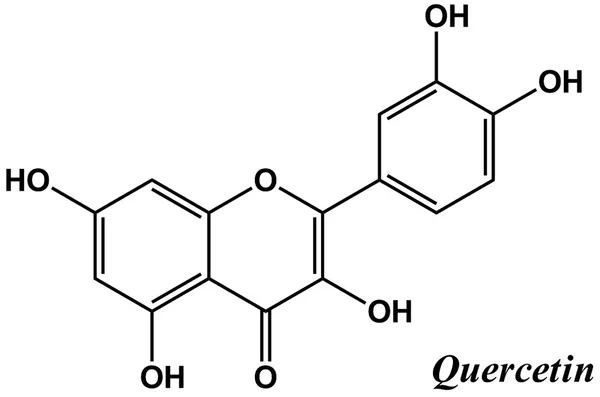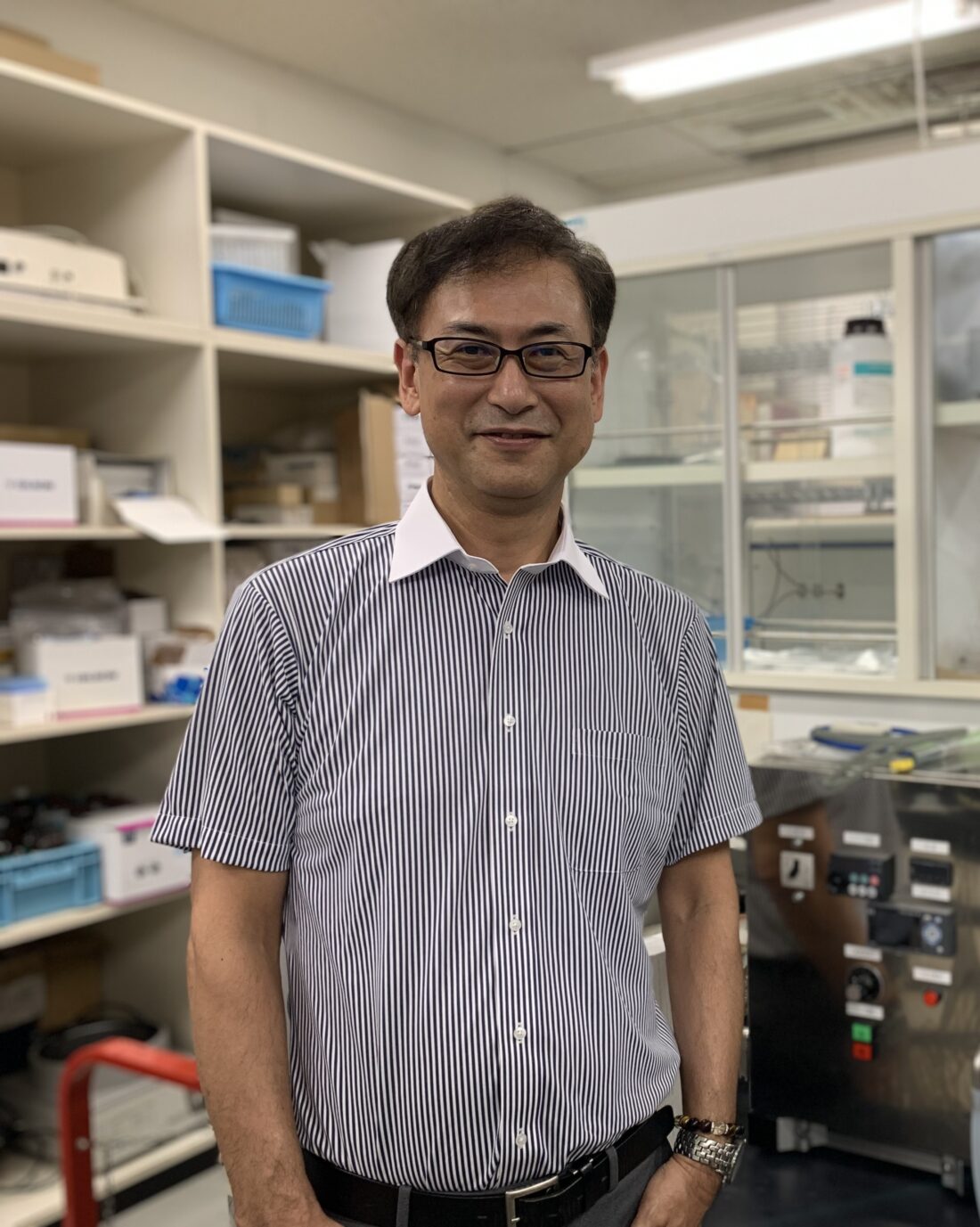Research News: Improving Water Solubility of Polyphenols by Adding Amino Acids
June 23, 2022
Researchers enhance water solubility and antioxidant properties of the polyphenol quercetin through a process of “co-amorphization” with amino acids
Polyphenols are naturally occurring micronutrients with antioxidant and anti-inflammatory properties. One example is Quercetin (Que), which belongs to the flavonoid family. However, Que, like other polyphenols, has low water solubility, which limits its effects. Now, scientists from Japan have addressed this issue by adding amino acids to Que and preparing it in a “co-amorphous” form, enhancing its solubility and antioxidant properties. These results can open doors to its applications in preventing lifestyle-related diseases.

Enhancing water solubility and antioxidant properties of the polyphenol Quercetin
In a new study, researchers from Japan improve the water solubility and antioxidant capacity of Quercetin by co-amorphizing it with amino acids, enhancing its potential for use in health food and supplements.
Image courtesy: fluor_doublet from openverse
Image license: CC BY-NC-SA 2.0
Image link: https://search.openverse.engineering/image/d6e393f8-1ef2-4268-b816-7b7d31ec749f
Polyphenols have recently gained attention owing to their beneficial effects, which include antioxidant and anti-inflammatory effects. A prominent example comes from Quercetin (Que), a polyphenol that belong to the flavonoid family and is found in onions and apples. In addition to the antioxidant and anti-inflammatory properties, Que exhibits vascular and anti-tumor effects as well. This makes it a promising candidate for preventing diseases like cancer, arteriosclerosis, and diabetes that are caused by oxidative stress.
But, like other polyphenols, Que suffers from low water solubility, limiting its effects and applications. To address this, a group of scientists from Japan, led by Professor Yoshiyuki Shirakawa from Doshisha University, Japan came up with the idea of enhancing the solubility of Que by using a method called “co-amorphization.” Published in Advanced Powder Technology, this study was made available online on 23 April 2022, and was published in Volume 33 Issue 5 of the journal in May 2022.
The study, which includes contributions from Momoka Minode and Mikio Yoshida from Doshisha University and Kazunori Kadota from Osaka Medical and Pharmaceutical University, Japan, could help reduce medical expenses for lifestyle-related diseases in the long term. “This technique could help develop more effective supplements and medicines to help prevent diseases like diabetes, which affects over 400 million people worldwide,” says Prof. Shirakawa.
In their study, the team added the amino acids β-alanine (Ala) and L-arginine (Arg) to Que and prepared them in a co-amorphous form using mechanochemical process. “Co-amorphization stabilizes amorphous solids by increasing the molecular interaction between two or more amorphous materials. This suppresses their recrystallization, which improves solubility and dissolution rate,” explains Prof. Shirakawa.
The team studied the individual crystal structures of the ground samples using powder X-ray diffraction (PXRD) and differential scanning calorimetry (DSC). They found that while Que amorphized after 3 hours of grinding, Arg amorphized instantly and Ala only micro-crystallized. These results showed that the grinding energy may depend on the crystal structure of the individual compounds.
By studying the crystal structures of Que-Ala and Que-Arg using PXRD and DSC, they further found that the amorphization of the Que-Ala sample progressed with milling, whereas Que-Arg co-amorphized by milling and arginine-assisted solubilizing.
Next, the team measured radical formation and antioxidant capacity of Que using a technique called “electron spin resonance” (ESR). They found showed higher radical amounts in the mixture milling than in single-component milling. This is due to the particle bonds linking the guanidine group of Arg, which break easily from the interaction between Que and the amino acids in the mixture milling. Additionally, ESR results showed that co-amorphization improved the antioxidant effect of Que.
Moreover, the solubility of Que improved after grinding owing to a change in its crystal structure. The solubility of Que-Ala improved 3.1 times and that of Que-Arg improved 5 times compared to the sample before milling. This indicated that the solubility of Que is affected by the properties of the added amino acids and the radicals produced during grinding. These findings have made the researchers optimistic about the future prospects of Que. With the potential to provide better health food and supplements to keep diseases at bay, Que could truly revolutionize the pharmaceutical industry.
Reference
| Title of original paper | Enhancement in dissolution behavior and antioxidant capacity of quercetin with amino acids following radical formation via mechanochemical technique |
| Journal | Advanced Powder Technology |
| DOI | 10.1016/j.apt.2022.103582 |
Additional information for EurekAlert
Latest Article Publication Date: April 30th , 2022
Method of Research: Experimental study
Subject of Research: Not applicable
Conflicts of Interest Statement: The authors declare that they have no known competing financial interests or personal relationships that could have appeared to influence the work reported in this paper.
Funding information
This study was partially supported by the Research Center for Highly Functional Nanoparticles at Doshisha University. This study was performed under the Inter-University Cooperative Research Program of the Institute for Materials Research, Tohoku University (proposal no. 202102-RDKGE-0096).
Profile

Dr. Shirakawa is a Professor at the Faculty of Science and Engineering in the Department of Chemical Engineering and Materials Science at Doshisha University. He received his Ph.D. from Niigata University, Japan in 1993. He primarily works in material science focusing on nanotechnology and nanomaterials. His research interests include powder technology covering everything from material design to process design. He has over 200 publications and is currently a member of the Society of Powder Technology, Japan and The Society of Chemical Engineers, Japan.
Yoshiyuki Shirakawa
Professor, Faculty of Science and Engineering, Department of Chemical Engineering and Materials Science
Media contact
Organization for Research Initiatives & Development
Doshisha University
Kyotanabe, Kyoto 610-0394, JAPAN
CONTACT US
